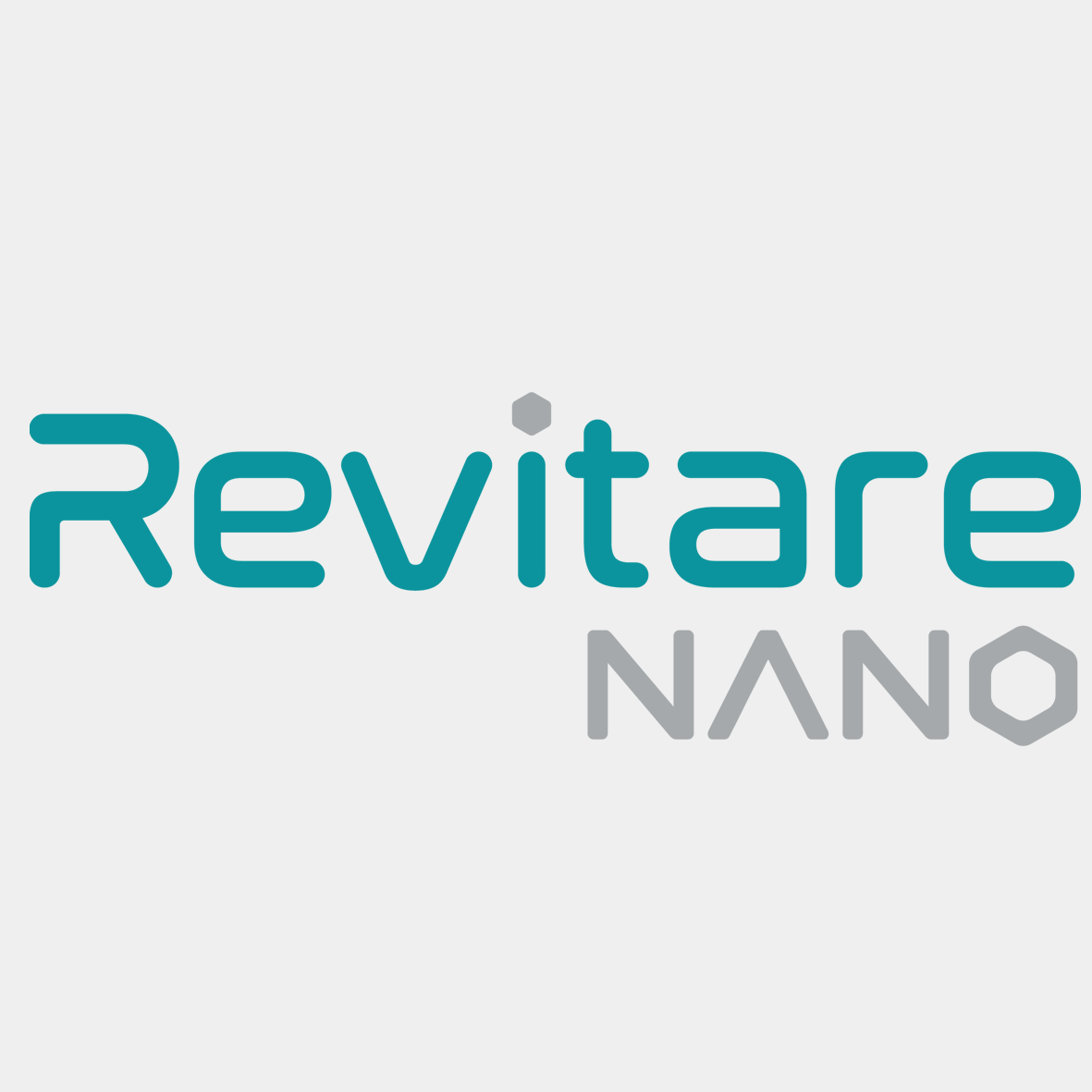From silver coins tossed into barrels of water to preserve them during long journeys, to nanotechnology fighting viruses in today’s laboratories, silver has proven its power transcends time. This metal has served ancient civilizations in health preservation and has become an indispensable ally in facing the challenges of modern medicine. How has this metal remained resilient and influential throughout the ages?
In ancient times, silver was regarded as a precious metal of great value, but its uses extended beyond just wound care. People in antiquity recognized its ability to preserve food and water for longer periods. During long journeys, silver coins were dropped into barrels of water or milk to maintain their freshness and delay spoilage. At that time, people did not understand the mechanism by which silver worked, but they were aware of its effectiveness in reducing the deterioration of perishable materials. Indeed, the silver ions that formed in these conditions directly influenced the disruption of microbial processes associated with spoilage, making silver one of the essential elements used in maintaining hygiene and health.
Silver in Ancient Times: Silver has been a valued metal since ancient times, with numerous historical evidences of its use in ancient civilizations. For example, Macedonia relied on silver plates placed directly on wounds to help speed up the healing process. These plates were believed to help prevent the spread of infections and accelerate wound healing, long before the scientific understanding of silver’s antibacterial properties emerged. However, silver’s applications were not limited to wounds alone; ancient people were also aware of its ability to preserve food and water.
Silver in Modern Medicine: With the advancement of science and the emergence of modern medicine, silver continued to be utilized in various health applications, and interest in it increased significantly. For instance, in the eighteenth century, silver nitrate became a common therapeutic option for treating wounds, ulcers, and other skin diseases. According to some historians, there were over sixty medical preparations containing silver in the nineteenth century. In 1893, scientific research conducted by Swiss scientist Von Nageli demonstrated silver’s remarkable ability to eliminate germs, discovering that a very low concentration of silver ions, as little as 0.0000001%, was sufficient to kill certain types of bacteria (Spirogyra) found in freshwater. This discovery opened the door to many medical applications of silver, contributing to its widespread use in healthcare.
Silver in the Fight Against Coronavirus: In recent years, particularly with the emergence of the COVID-19 pandemic, silver has garnered renewed attention for its role in combating viruses. Silver nanoparticles have emerged as an important agent in disinfecting surfaces and medical instruments due to their ability to kill viruses and microbes at extremely low concentrations. Furthermore, recent research has shown that silver nanoparticles can be effective in reducing the spread of the coronavirus, as silver ions disrupt the virus and prevent it from replicating. All these studies have sparked global interest in using silver to combat the pandemic and have enhanced its development in the fields of medicine and nanotechnology.
Silver: Our Secret Weapon Against Viruses
As viruses and bacteria roam in our surroundings, silver emerges as a vigilant guardian ready to confront this threat. Silver nanoparticles, with their diverse shapes and sizes, are at the forefront of the medical sciences, shining as an effective tool in combating germs and viruses. But how does this precious metal play a vital role in protecting tissues and ensuring our safety? Let’s explore together the impact of silver in preventing disease spread and safeguarding our health.
Recent research, such as that conducted by Ledur et al. (2010), shows that silver nanoparticles have attracted attention for their antimicrobial activity, opening new avenues for medical and hygiene applications. The properties of silver nanoparticles, such as shape and size, play a crucial role not only in enhancing antimicrobial activity but also in reducing tissue and cell toxicity.
The Impact of Silver on Tissues and Its Protection Against Viruses
To understand this topic more deeply, we need to highlight how silver affects tissues to protect users from viruses. According to a text from HeiQ Viroblock NPJ03, textiles are considered carriers of viruses and bacteria, as these pathogens require five conditions to survive and reproduce:
- Heat
- Humidity
- Protein (from human sweat)
- A host surface
Viruses can also remain active on surfaces for extended periods. For instance, research (Kampt, G et al., 2020) showed that the human coronavirus (SARS-CoV) can last up to two days on surgical gowns at room temperature. Additionally, clothing, curtains, and bedding provide an ideal surface for viral and bacterial contamination, making contaminated fabrics potential vectors for pathogens. This is where silver comes in as an effective antiviral and antibacterial agent. Recent studies demonstrate how silver, particularly in the form of nanoparticles, protects tissues and reduces the risk of infection. Here’s how silver contributes in this context:
- Antimicrobial Properties: Silver has a unique ability to kill germs and viruses by interfering with vital proteins and microbial DNA, preventing their reproduction.
- Viral Inhibition: Silver nanoparticles disrupt viruses, such as the coronavirus, by binding to them and preventing interaction with body cells, hindering the virus’s ability to replicate and cause infection.
- Reducing Inflammation: When used in dressings and medical fabrics, silver helps reduce inflammation and promotes healing. Its antimicrobial properties lower the risk of secondary infections, accelerating recovery and maintaining tissue health.
- Applications in Textiles: Silver is used in fabric treatments to make them antibacterial and antiviral. Clothing infused with silver nanoparticles can provide extra protection in potentially contaminated environments, reducing the risk of infection transmission.
- Applications in Healthcare: Silver-treated wound dressings are used in hospitals, showing significant effectiveness in reducing infection risks and protecting damaged tissues.



